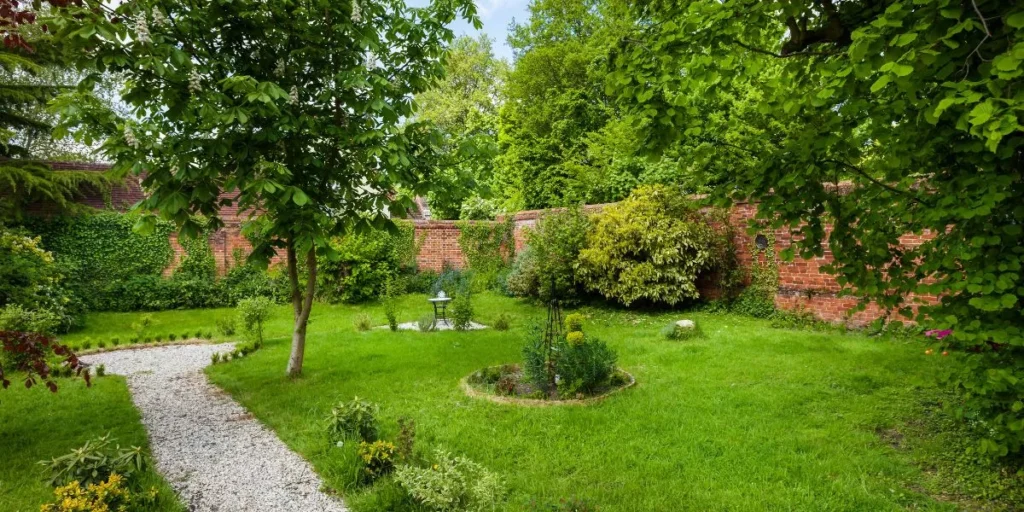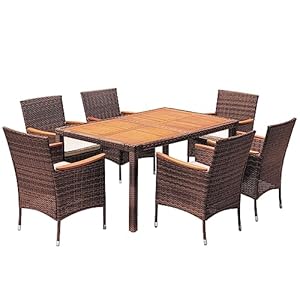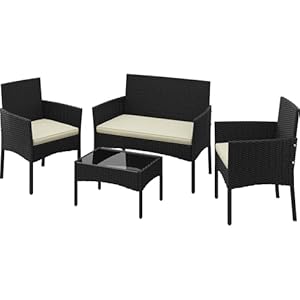
When faced with a patchy lawn, you may wonder about the best approach to transform those bare spots into a lush, green carpet that’s the envy of the neighborhood. Understanding the underlying factors causing the problem is key, but what steps should you take next? How can you ensure that your efforts result in a beautifully renovated lawn that’s the pride of your property? Let’s explore the journey from sparse patches to a verdant expanse that you can enjoy year-round.
Assessing Bare Spots
When evaluating bare spots in your lawn, focus on identifying the underlying causes for effective renovation. Inspect the bare areas closely to determine if the issue is due to poor soil quality, lack of sunlight, compacted soil, pests, or diseases. Soil compaction can hinder grass growth by restricting root development, while inadequate sunlight may prevent photosynthesis and stifle healthy growth. Pests like grubs or diseases such as fungal infections can also wreak havoc on your lawn, leading to bare patches. By pinpointing the specific cause of the bare spots, you can tailor your renovation efforts accordingly, ensuring a successful outcome.
Once you have identified the root cause of the problem, take the necessary steps to address it before proceeding with reseeding. Whether it’s aerating compacted soil, adjusting your watering schedule, applying pest control measures, or improving drainage, tackling the underlying issue is crucial for promoting lush, green grass growth. Remember, a healthy lawn starts with understanding and remedying the factors contributing to bare spots.
Selecting the Right Grass Seed
To ensure a successful lawn renovation, carefully choose the appropriate grass seed that aligns with your specific soil type and sunlight conditions. When selecting grass seed, consider factors such as shade tolerance, drought resistance, and maintenance requirements. For shady areas, opt for fine fescues or shade-tolerant blends, while sunny spots may benefit from Kentucky bluegrass or Bermuda grass. If your soil is sandy, consider seeds like tall fescue or buffalo grass that thrive in well-draining conditions. Conversely, for clay-heavy soil, Kentucky bluegrass or perennial ryegrass are good options.
It’s crucial to read the seed label for information on seed types and percentages in the mix. Look for high-quality, weed-free seeds with a high germination rate for optimal results. Taking the time to research and select the right grass seed will set the foundation for a lush and healthy lawn. Remember that different grass species have varying growth habits and maintenance needs, so choose wisely to ensure long-term success in your lawn renovation project.
Implementing Proper Maintenance Techniques
Proper maintenance techniques play a vital role in nurturing a healthy and vibrant lawn during the renovation process. To ensure the success of your lawn renovation project, regular watering is key. Newly seeded areas should be kept consistently moist but not waterlogged, typically requiring light watering multiple times a day. As the grass begins to establish, gradually reduce the frequency of watering while increasing the amount of water applied during each session.
Mowing your lawn correctly is another essential maintenance practice. Keep your mower blades sharp to prevent tearing the grass, and adjust the cutting height based on the grass species and current weather conditions. Avoid removing more than one-third of the grass blade length in a single mowing session to promote healthier growth. Additionally, leave grass clippings on the lawn to provide natural nutrients and help retain moisture.
Lastly, regularly inspect your lawn for signs of pests, diseases, or weeds. Promptly address any issues to prevent them from spreading and hindering the renovation progress. By implementing these maintenance techniques, you can support the growth of lush, green grass and achieve a beautifully renovated lawn.
Achieving Full Lawn Coverage
For optimal results in achieving full lawn coverage, ensure consistent and thorough overseeding of sparse areas. Overseeding involves spreading grass seed over existing turf to fill in bare patches and promote a lush, uniform lawn.
Begin by preparing the soil in sparse areas by raking away debris and loosening the top layer. This step helps the new seeds make direct contact with the soil, aiding in germination. Choose high-quality grass seed that matches the existing turf for a seamless blend.
Spread the seed evenly over the sparse areas, aiming for complete coverage without overcrowding. Lightly rake the seeded areas to ensure good seed-to-soil contact. Water the overseeded areas frequently, keeping the soil consistently moist but not waterlogged.
Monitor the progress closely, looking for signs of germination and growth. With proper care and attention, the overseeded areas will gradually fill in, leading to a thick and healthy lawn with full coverage.
Garden














